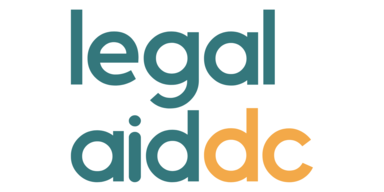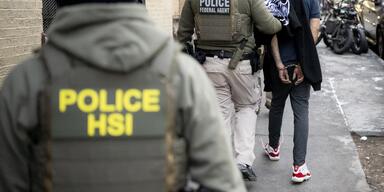
For many Black Americans, suffering has been our normal. There is an old saying within the black community that goes something like “whenever America catches a cold, black America catches pneumonia.” There has never been a national crisis in which black Americans did not sustain disproportionate losses.
The novel coronavirus is infecting and killing black District residents at a disproportionate rate, according to statistics shared by Mayor Muriel Bowser earlier this week. The data showed that blacks account for 66 percent of people who have died from the disease, despite making up only 46 percent of the city’s population. White residents comprised 19 percent of deaths, while accounting for 42 percent of the city’s population.
Data collection is ongoing as the District has identified the race of only 60 percent of the nearly 1,500 people that have tested positive for the coronavirus. Of those cases in which race was known, blacks accounted for nearly six out of every ten people diagnosed with the disease. White residents accounted for 26 percent. These figures, although incomplete, correspond with reports from cities all over the country. This comes as the D.C. region saw a 114 percent increase in confirmed coronavirus cases in the past week.
One day after the Mayor’s report was released, U.S. Surgeon General Jerome Adams underscored the unique challenge facing the black community, stating “many black Americans are at higher risk for COVID.” Despite this warning from the nation’s top doctor, the Center for Disease Control and Prevention, and most states, have not released data on the race and ethnicity of coronavirus infections and deaths from COVID-19.
Cities, states, and the federal government must release racial and ethnic data on coronavirus infections and deaths. Americans, particularly those from communities most at risk, need accurate and comprehensive information about the coronavirus.
Faced with an impending spike in cases, there is much uncertainty about whether the D.C. region will become a hot spot like New York City. Despite this uncertainty, there should be little doubt as to why black Americans have been particularly impacted by this disease. Access to healthcare and health disparities within the black community are well studied. Prior to the outbreak, African American men in the nation’s capital lived 15 years fewer than their white counterparts. There is only one hospital outside of the District’s Northwest quadrant, the richest and whitest quadrant, and funding cuts mean that it has had to scale back its medical services, before it ultimately closes by 2023. For all these reasons, the coronavirus’ disproportionate impact on black D.C. residents is sobering, but not surprising.
Nevertheless, this unprecedented challenge has offered an unprecedented opportunity to create a new normal. In recent weeks, the D.C. Council passed emergency legislation that protects tenants during this public health crisis. While crucial, these actions discount another harsh reality for blacks living in D.C., where the black unemployment rate is the highest of any state in the nation, and black families earn less than 33 cents for every dollar that white families earn.
As the unemployment rate increases, and incomes drop, black families will require economic assistance to avoid falling behind on rental payments. The Council should increase funding and expand eligibility for the Emergency Rental Assistance Program, or ERAP. This step would provide much needed relief for a community that is sick and tired of being sick and tired.




